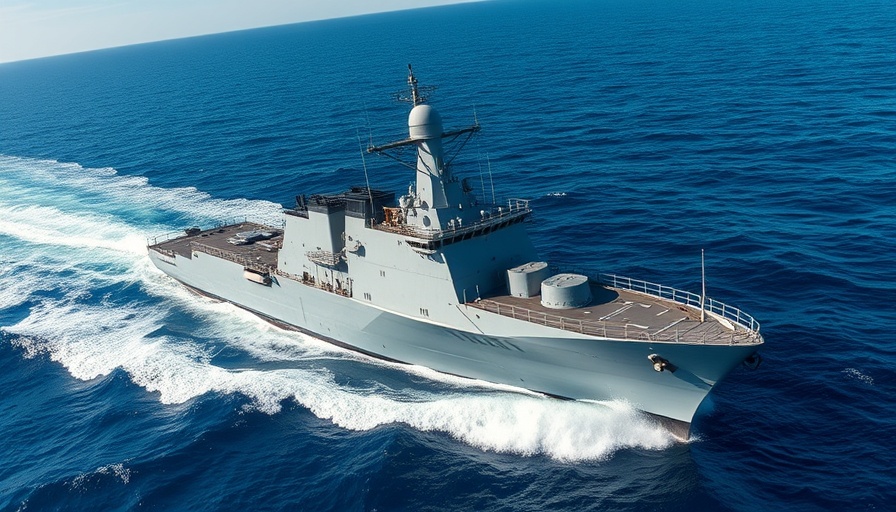
The Significance of Final Delivery: U.S. Navy's Independence-Class LCS
Austal USA has officially delivered the last of its Independence-class Littoral Combat Ships (LCS) to the U.S. Navy, completing a significant chapter in naval shipbuilding. This milestone not only marks the culmination of a large-scale production effort but also highlights the Navy's evolving strategy toward modernized maritime capabilities. The addition of these vessels aims to enhance fleet agility, respond effectively to coastal threats, and improve naval warfare tactics.
Understanding Littoral Combat Ships: More Than Just a Vessel
The Independence-class LCS represents a blend of speed, maneuverability, and strength designed for operations close to shore. Their versatile construction allows them to fulfill multiple roles ranging from anti-submarine warfare to counter-piracy missions. With this final delivery, the U.S. Navy sharpens its operational edge in a maritime environment that continues to grow increasingly complex.
Historical Context: The Birth of a New Class
The Independence-class LCS was conceived in the early 2000s as a response to emerging naval challenges and the need for a more agile fleet. Its development reflects a shift from traditional naval strategies, embracing modular systems that allow for quick upgrades and modifications. This flexible approach is crucial in responding to contemporary threats, where adaptability is paramount. Historical instances have shown that the Navy's ability to pivot in the face of new challenges often determines its effectiveness in safeguarding national interests.
A Future Vision: What Lies Ahead for Naval Technology?
With the final ship in the Independence class now delivered, future predictions point toward a more integrated naval force where advanced technologies like unmanned systems and cyber capabilities will play a pivotal role. This enhances not only operational capabilities but also prepares the fleet for warfare that transcends conventional borders. Expect to see increased experimentation with these technologies as the Navy looks to refine its tactics in the years to come.
Connecting with the Community: The Shipyard's Role
For many in Mobile, Alabama, the delivery of the final LCS is a point of pride as Austal's operations have provided thousands of jobs and supported the local economy. Stories from shipyard employees resonate deeply within the community. Their hard work, dedication, and expertise have been instrumental in realizing these vessels. The local workforce's commitment showcases how naval construction can positively impact regional economies and employment opportunities.
Innovations in Shipbuilding: A Glimpse into Tomorrow's Tech
Austal's advancements extend beyond mere ship delivery; they touch on the integration of cutting-edge technology within the shipbuilding process. Innovative practices such as modular construction techniques, digital manufacturing, and sustainable materials are being explored. By continuously improving efficiencies, companies are not only enhancing product quality but also minimizing environmental impacts.
Conclusion: Embracing Change and Looking Forward
The delivery of the final Independence-class LCS symbolizes much more than just a completion of a contract; it represents the unfolding future of naval warfare strategy and innovation in maritime technology. As communities celebrate this success and the shipyard's workforce cherishes their contributions, it presents an opportunity for the Navy to refine its focus on security and defense in modern waters.
Your Thoughts Matter
As this chapter closes with the delivery of the final vessel, engaging with this narrative allows the public and experts alike to think critically about the direction of naval capabilities. How do you feel about the advancements in naval technology? Let your thoughts be known as we embrace a future where innovation shapes the waters ahead.
 Add Row
Add Row  Add
Add 




Write A Comment